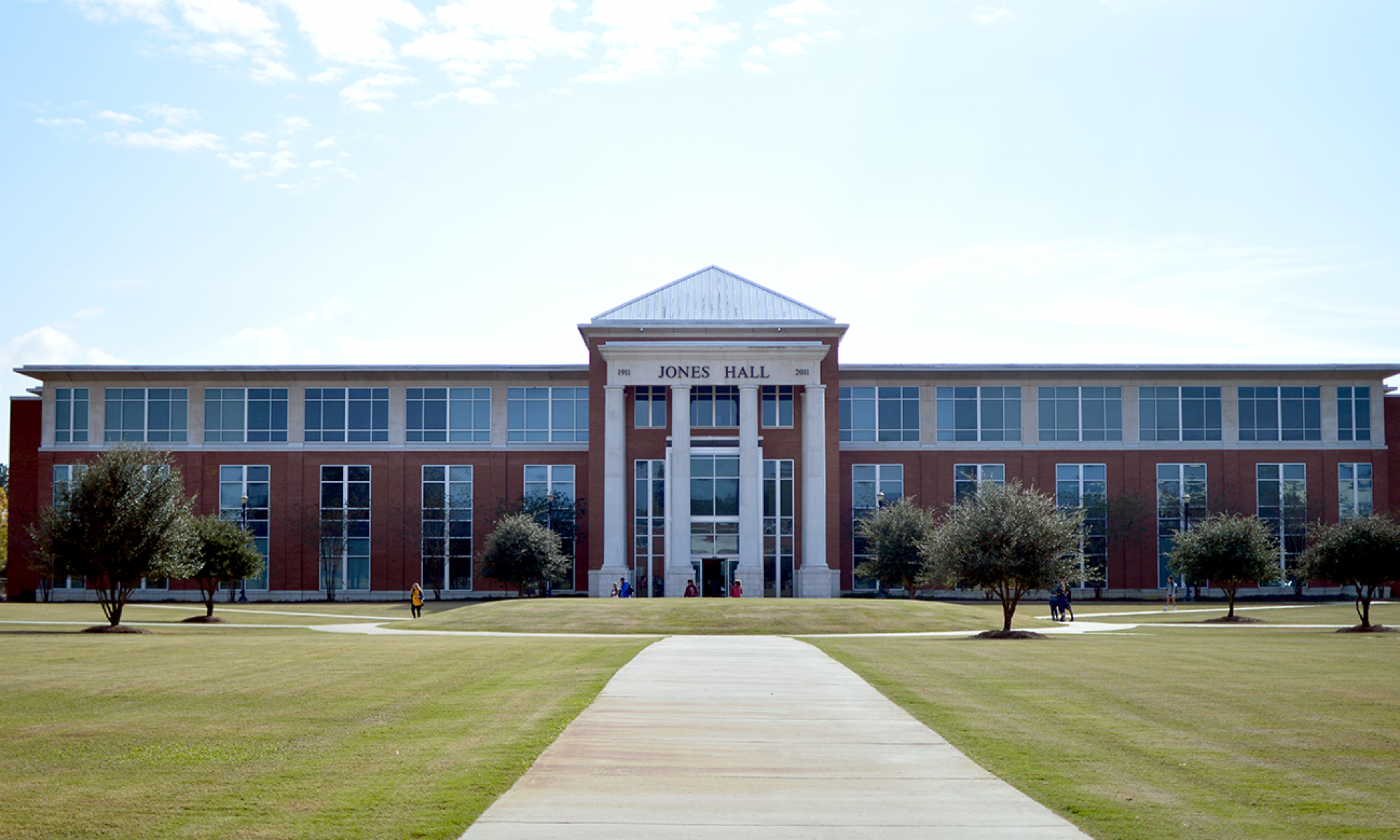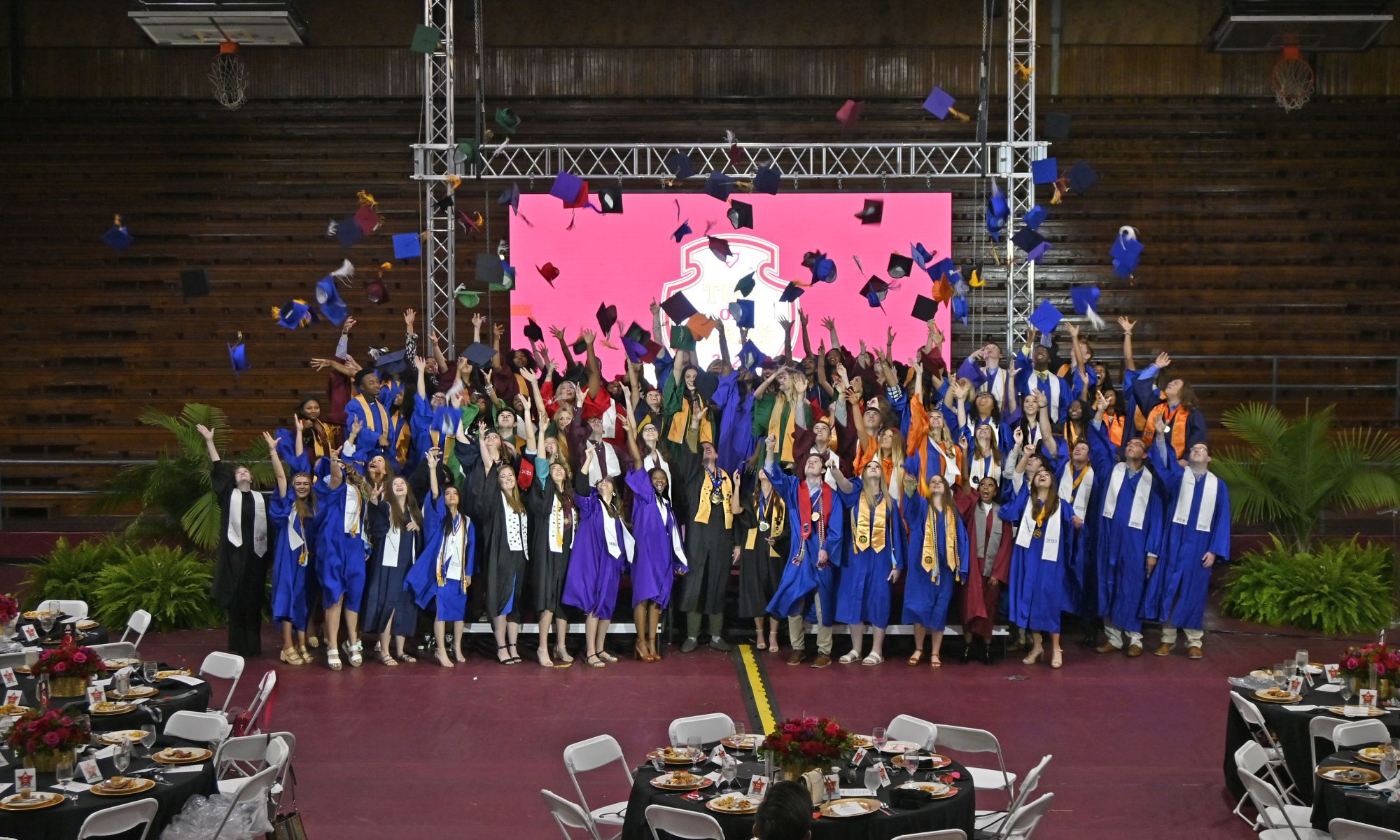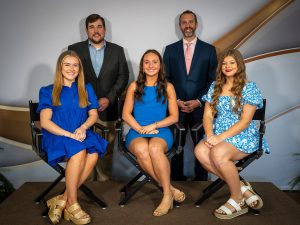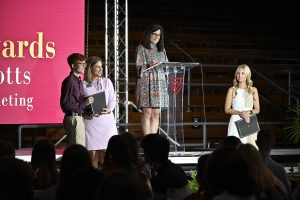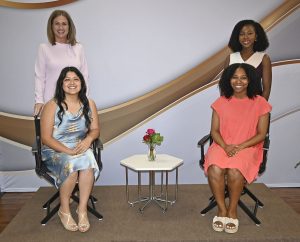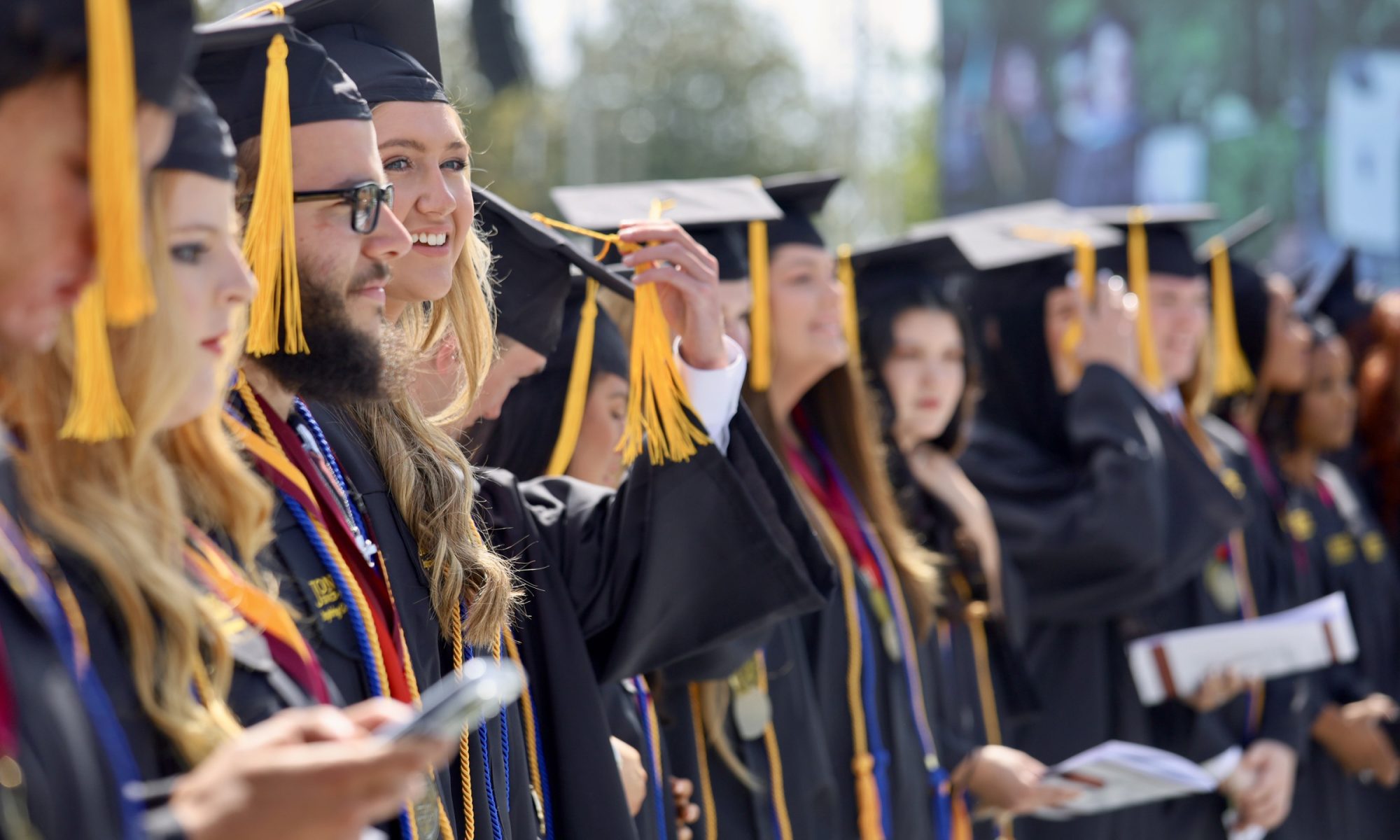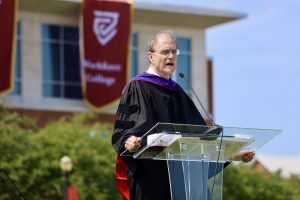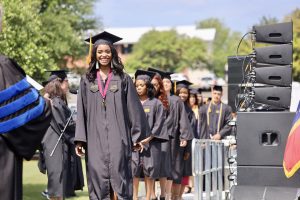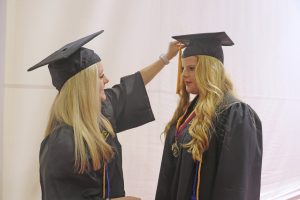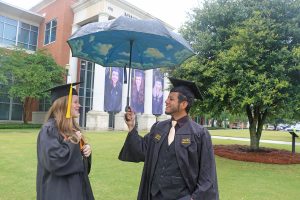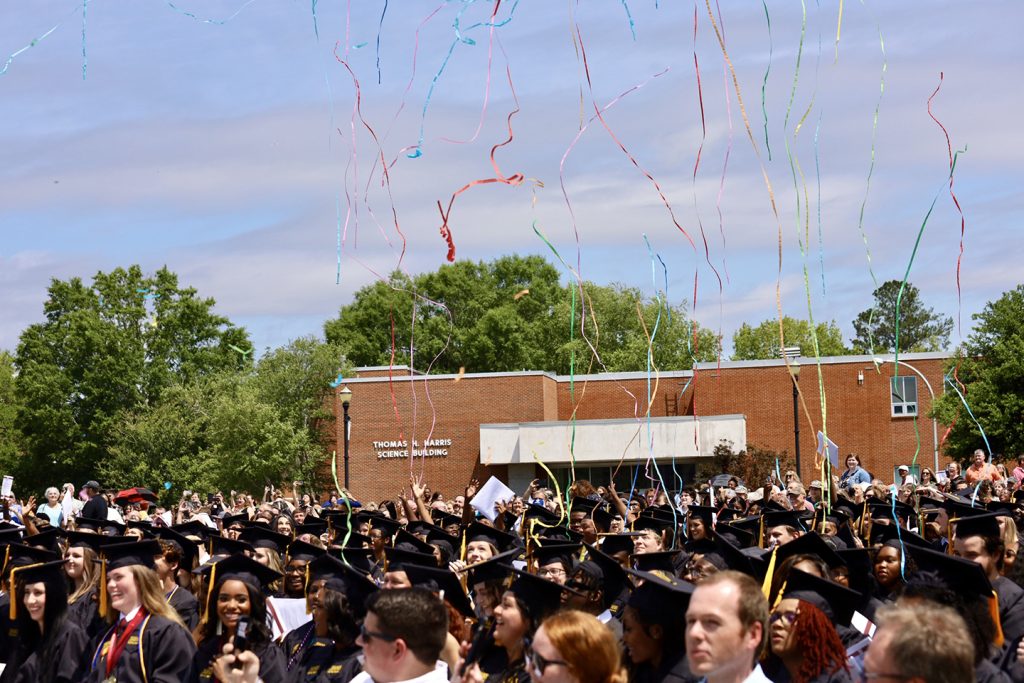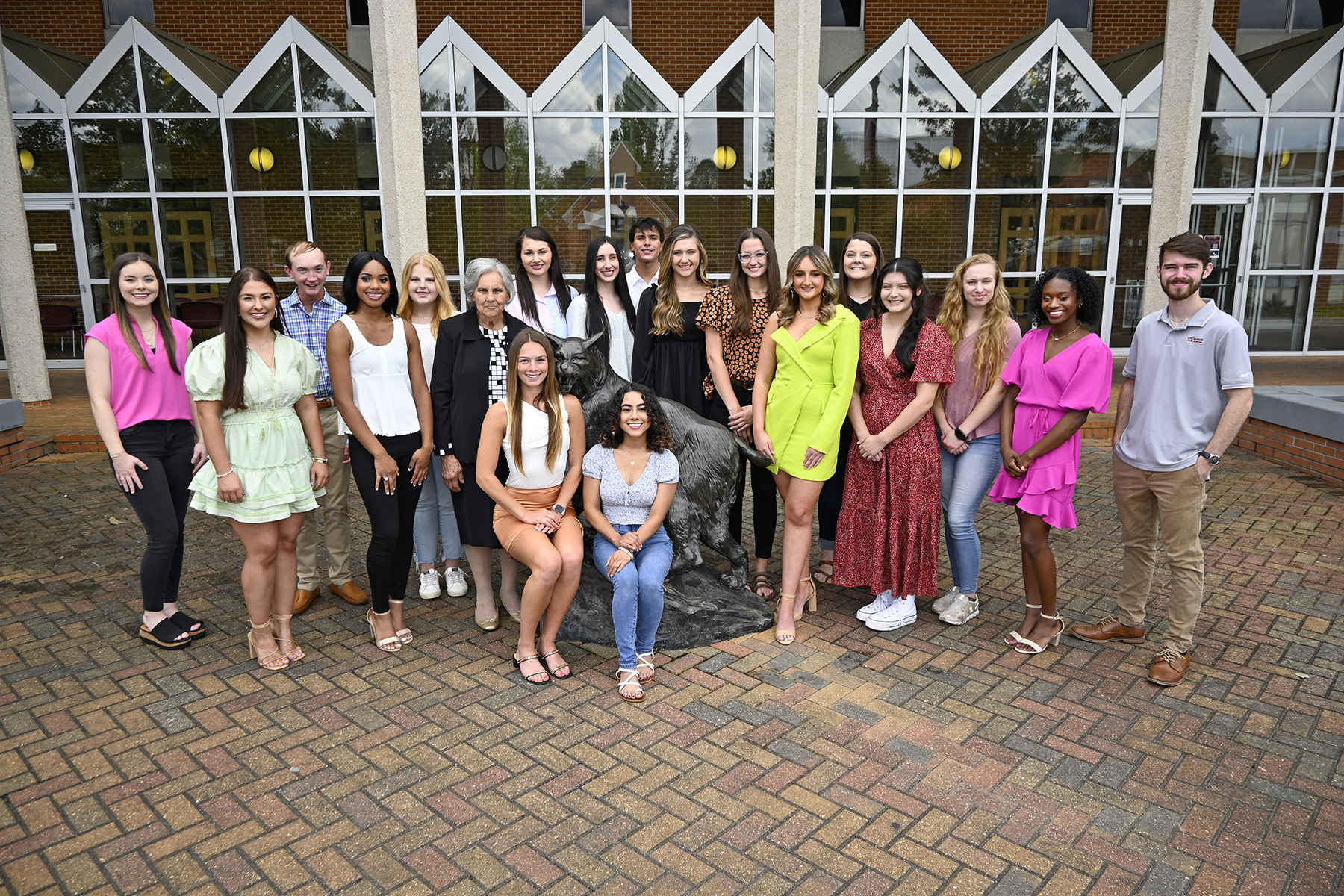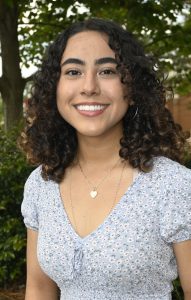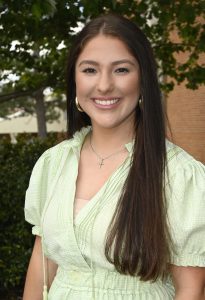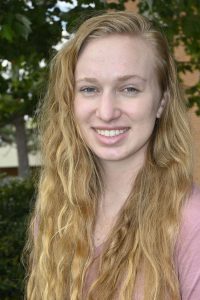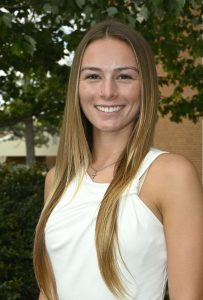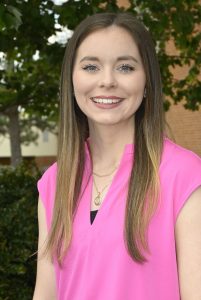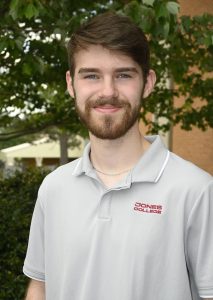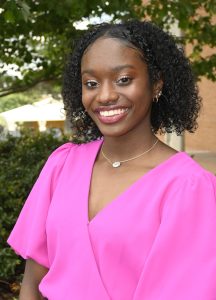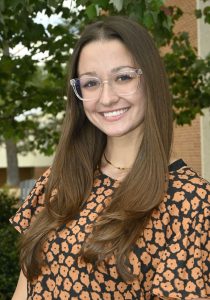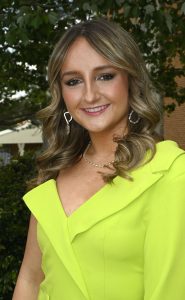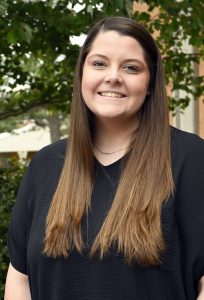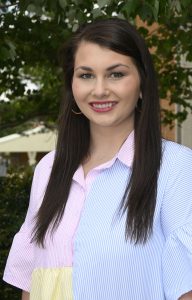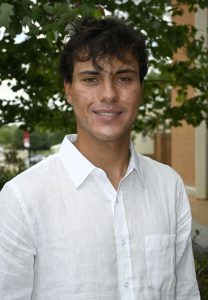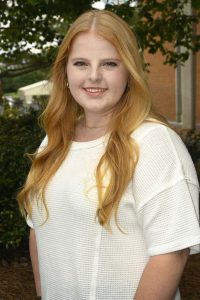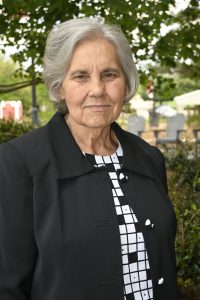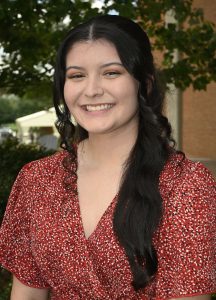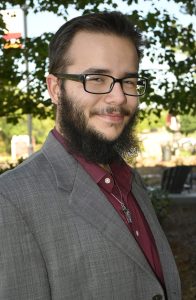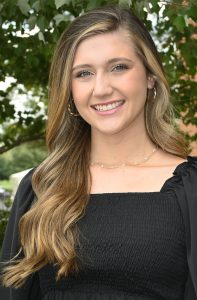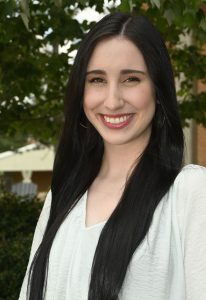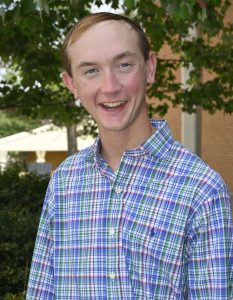ELLISVILLE – Jones College has announced the 2023 Spring Semester honor roll scholars. Full-Time students with 15 hours or more and who maintain the following grade-point averages will make the honor roll: President’s List–4.0; Dean’s List–3.99-3.5: Faculty List–3.49-3.0.
Dean’s List Honor Roll
Venezuela, Barquisimeto: Daniela ValenTina Tovar Carrasco.
Grove Hill, AL: William Tyler Coats.
Millry, AL: Mary Grace Becton.
Mobile, AL: Hilary Stacy Jaen and Lauren Rochelle Lindsey.
Lakeland, FL: Kenneth Mackeroy.
Bogalusa, LA: Kailee Alyssa Burge.
Prairieville, LA: Jakob D Wax.
Adams Roxie: Taylor Brooke Martin.
Clarke Bay Springs: Brylee H McCool.
Clarke Meridian: Hannah K Tingle.
Clarke Quitman: Madison L Dearman, Amanda Michell Gilbert and Jessica Grace Manning.
Clarke Shubuta: Zandarrius M Blakley.
Copiah Crystal Springs: Lakieundria Zykhia Kangar.
Covington Collins: Eli Garrett Carter, Halie M Dunn, Blane Harvey Herrington, Brylee Annabeth Holder, Tatum Bree Madden, Dawson Brian Sanford, Rayshaun D Walker and Kaylea Anna Yates.
Covington Mount Olive: Jacey Nataya Mangrum and A.merie D Sherman.
Covington Seminary: Lazarus Skyler Blair, Cameron M Easterling, Kayla M Pickering, Peyton Matthew Rogers, Robert Dewitt Sanford, Haleigh I Sorto, Susannah Faythe Walters and Cade W Welborn.
Covington Sumrall: Logan Paul Jordan.
Covington Taylorsville: Aliyah Savannah Denham and Nicole Keys Edison.
Forrest Hattiesburg: Barbara Ann Ahlvin, Richard Seth Aultman, Patrick Lynn Blankenship, Patrick T Bullock, William Patrick Chard, Samuel Lucas Jones, Alyssa J Murry, Thomas Daniel Powell, Charles Edward Ridgway, Stephen Patrick Sanders, Elijah Carey Sellers, Kayleigh Brooke Thornton, Katie Nicole Walker and Trinity R Williams.
Forrest Petal: Rayya Nha Lan Cao, Eli Manuel Chancellor, Anna Caroline Coats, Kylee G Gatlin, Mark Davis Green, Grant B Howard, Jhalana Shanta Jackson, Brannon M King, Ryan David Peterson, Hannah F Reid, Hunter J Robinson, Ethan G Smith and Landon R Tyner.
Franklin Roxie: Nyla J Clark-Smith.
George Lucedale: Samantha J Pierce and Jaycee J Scott.
Greene Beaumont: James Valentine Ulmer.
Greene Leakesville: Taylor A Garretson, Ariane Britt Lea, Landyn Kel Longmire, Landon Hardy Smith, Caleb Bryce Sullivan and Conner Slade West.
Greene Lucedale: Bailey D King.
Greene Neely: Garrett Case Henderson.
Greene Richton: Courtney Jade Errington and Haley D West.
Greene State Line: Isabella Kittrell.
Grenada Grenada: Elizabeth G Gustafson.
Hancock Pass Christian: Ryan J Tyler.
Harrison Gulfport: Elijah T Walker.
Harrison Long Beach: Miles Rhys Tootle.
Harrison Pass Christian: Mackenzie R Lacy.
Hinds Jackson: Xavier James Coleman.
Hinds Ridgeland: Samuel Jeffrey Hadley.
Hinds Utica: Wiljerna Embriana Bumphis.
Jackson Moss Point: Hudson J Hans.
Jackson Ocean Springs: Brelynn Leona Fetsko and Christopher B Wagner.
Jackson Vancleave: Sophie A Endt.
Jasper Bay Springs: Samuel Allen Sherwin and Alexis Belle Sides.
Jasper Heidelberg: Ty A Herrington and Jacquelyn Tashiana Monae Price.
Jasper Laurel: Annagrace Aletha Allen and Sydney K Bryan.
Jasper Louin: Holden L Brown and Tremayne Sherell Wheaton.
Jasper Newton: Karli Nichole Blackledge.
Jasper Pachuta: Lauren O Buster.
Jasper Paulding: Khadijha Danielle Bey.
Jasper Soso: Kaylei Marie Hinton.
Jasper Stringer: Lanie Deanne Parker, Trista M Sims, Holly Rene Smith, Rhiannon N Williams and Sadie M Williams.
Jefferson Davis Prentiss: Jaden Zane Jackson, Stephen Micah Langley and Michael Osha Pickering.
Jones Ellisville: Emily K Ali, Marla Danielle Beach, Kelly Morgan Biglane, Sarah Nicole Blancett, Sophia Bowden, Aryka M Breland, Davis W Brown, Ashley Lashay Davis, Xaviera S Deloach, Kristopher David Dobson, Bryan Mitchell Garris, Samuel Kyle Hathorn, Jonathan Ryan Hayes, Roby Taylor Hebert, Baxter R Karns, Katherine M Lollis, Darrin Evan Looney, Anna Grace McMullan, Christian Xavier McMullan, Meredith McCraw, Connor Reid Mitchell, Tomas Nader, Charlee Claire Norman, Elizabeth Dianne Parker, Karley Breann Parker, Taylor Brooke Pool, Michael A Price, Karyme Mayrin Ramos, Kenda Michelle Rose, Lindsey B Smith, Jennifer Deanna Spears, Rachel Cambrea Thrash, Conner A Tisdale, Charlene Vy Tran, Samantha Olivia Williams and Phillip Trey Windham.
Jones Heidelberg: Aaron Broadhead and Ina J Knotts.
Jones Laurel: Alondra Maria Abad, Natalee Claire Ainsworth, Kenychi’ Jessyanna Badue, Simone Angelique Baldwin, Taylor M Barkley, Rachel J Barnett, Deja Dashawna Baskin, Cameron H Beech, Bradyn C Bigler, Isman Joshua Brady, Hailey R Brown, Kaelyn Bryce Bufkin, Joshua Luke Chandler, A’myjah V Cooley, Analy Monserrat Cordoba Jarillo, Alyssa M Davis, Ethan Daniel Davis, Raegan A Drummer, Kayla Elizabeth Ensign, Silas M Ensign, Brianna Evans, Danielle K Flynt, Tristen Dae Gendusa, Hilton Graham, Joseph Wayne Harrison, Brodie Haverlock, Luis D Hernandez, Emily E Hester, Emily Ann Hill, Ethan John Hill, Kaitlyn Elizabeth Huddleston, Regan Ashley Hupe, Michael Tyberious Jenkins, Hannah Nicole Johnson, Kendall R Johnson, Sydney Mechelle Johnson, Justin T Keys, Conner N Leonard, Kimberly J Long, Cody Michael Lowe, Benjamin Cole Masters, Rebecah N McBride, Jose E Mendez, Taylor Loy Messersmith, Antonio L Moncivais, Ruth A Nicholson, Madalynn Grace Owens, Jaylen H Phillips, Raegan Alisia Pitts, Thomas Wayne Powell, Jarrett Dalton Pugh, Fernando Alexis Ramirez, Sommer J Ramsey, Kristen Lynn Robertson, Charlle Tenisha Rogers, Alishia R Satcher, Kaitlyn Abigail Scarbrough, Samuel H Shoemake, James Matthew Smith, Jordan B Smith, Kena Monique Smith, Milton Ray Smith, Rebecca Lauren Stapp, Timothy Blake Stokes, Anna Grace Stotts Todd, Darlene S Villaseca, Rachael Leigh Wade and Peyton Alese Williams.
Jones Moselle: Christy Leigh Boe, Dayton Orion Davis, Courtney Alyse Knight, Moises Sanchezpaz, Gabriel Tyler Schrader and Casey Joseph Thompson.
Jones Ovett: Dustin Luke Walters.
Jones Richton: Neshoba Santanna Alexander.
Jones Soso: Danielle Denise Connelly, Cory Daniel Holifield, Austin Keegan Johnson, Sydney Denise Knotts, Lorin Jena Musgrove, Carrie Ann Skidmore and Sheridan A White.
Jones Taylorsville: Malea J Cook and Jacob Hunter Valentine.
Lamar Collins: Stuart A Sanford.
Lamar Hattiesburg: Patrick E Henderson, Alexia D Jones, Ashly Lauren Kyzar, Lacey Savanah Sims, Patrick Emory Smith, Quintin T Sterling and Charles Thomas Vann.
Lamar Purvis: Katelyn A Alexander, Morgan Elizabeth Anderson, Tyler W Jacobs, Joshua Adam Melton, Zach Joseph Stromeyer and Benjamin Wade Wardena.
Lamar Sumrall: Joshua G Allen, Jamie L Anderson, Andrea Marie Booth, Madeline Grace Burge, Hope Burns, Katelyn Faith Davis, Caden McAlpin, Jacob M Sumlin and Katelyn Elizabeth Williamson.
Lauderdale Toomsuba: Meagan S Hembree.
Lee Saltillo: Michaela P Anderson.
Lincoln Wesson: Kaliyah L Jones.
Madison Canton: Marquicia Takya Douglas and Bobby Terrell Thompson.
Madison Flora: Lantavius Montrell Johnson.
Madison Madison: Bailey Grace Collums and Jakobie O Owens.
Marion Columbia: Hays C Carley, Kameron Taylor Carter, Jamie Lavoy Lambert, Abby Claire Morris and Hannah N Pittman.
Marion Foxworth: Maggie Virginia Hammond, Sara G Morgan and Madeline Russell.
Neshoba Choctaw: Meloney Nicole Thames.
Newton Decatur: Griffin Bailey.
Oktibbeha Starkville: John Charlton Cox and Wilfrid Lionel Hufton.
Pearl River Lumberton: Caitlin D Watters.
Perry New Augusta: Annie Gabbrielle Runnels.
Perry Petal: David Franklin Byrd.
Perry Richton: Brookelyn G Brewer, Avery Clay Carter, Jacob Aaron Cowart, Cole Austin Garner, Braden Eric Meadows, Abby Danielle Nicholas, Richard Brannon Riley, Conner Albert Rutherford, Braxton Joel Thompson and Rachel Ryuka Womack.
Pike Magnolia: Morgan Rylee Sassone.
Pike Summit: Margaret C Gatlin.
Rankin Brandon: Abigail E Boone, Emma Krystine Jackson, Melissa Shelby James, Luke Caden Lycette, Terry James May and Maggie Savell.
Rankin Florence: Gabrielle Lerandra Batton, Cody J Holliday, Hannah C Keen and Hailey Grayson Weathersby.
Rankin Mendenhall: Brady Mason Williams.
Rankin Pearl: Josephine Lynne Duncan, Rebekah N Sudduth and Rahchal D Williams.
Rankin Richland: Tai’va Norwood.
Scott Forest: Demetrius Lashun Burks.
Sharkey Rolling Fork: Jamirah A Watson and Nathan Ryan Williamson.
Simpson Mendenhall: Rustlin Shiloh Brown, Kenleigh Ashton Magee, Laura Grace Rose, Madison Grace Wicker and Tori S Williamson.
Simpson Mount Olive: Abigayle Grace Adcox and James Travis Cockrell.
Simpson Pinola: Parker Rae Jones.
Smith Bay Springs: Bryce Adam Dupree, Shania Gavin, Sunni Margarette James, Laura Elizabeth McKinley and Issac Gage Phillips.
Smith Louin: Shakiara Campbell, Mersadi Nichole McCarter and Kathryn E Moss.
Smith Magee: Madison Mckenzie Craft.
Smith Mize: Gillian Grace Harrison and Dawson W Temple.
Smith Morton: Britton Holland.
Smith Mount Olive: Harley G Chain, Kylee B Hughes and Sabrina Rose Stuckey.
Smith Raleigh: Ethan Hammons and Samuel A Sullivan.
Smith Taylorsville: Macy Grace Ainsworth, Shayna L Bruce, Abby A Pittman and Kirsten L Sims.
Sunflower Indianola: Ridgeley Prescott Schaumburg.
Tippah Ripley: Alan A Rangel.
Warren Vicksburg: Elizabeth Grace Theriot.
Wayne Buckatunna: Carley G Beasley, Debbiana Ambrasia Cooley, April Regina Olson and Karina O Ross.
Wayne Clara: Jessica Lynn Long.
Wayne Laurel: Daphanie R White.
Wayne Shubuta: Laiklynn Alyssa Roberts.
Wayne State Line: Joshua Markel Evans.
Wayne Waynesboro: Keala Marie Bailey, Benjamin Kane Blackledge, Hannah Courtney Brewer, Micah Blake Burgess, Tylan Reshawd Chambers, Hope Laquisha Cochran, Joslynn Jamel Davis, Erika M Gardner, Reagan Gass, Mckinnley Elton Hollinghead, Brent Cody Roan Lee, Kyle E Manseill, Morgan Odom, Jonan Uzziel Reyes, Garrett Cameron Roberts and James C Trigg.
